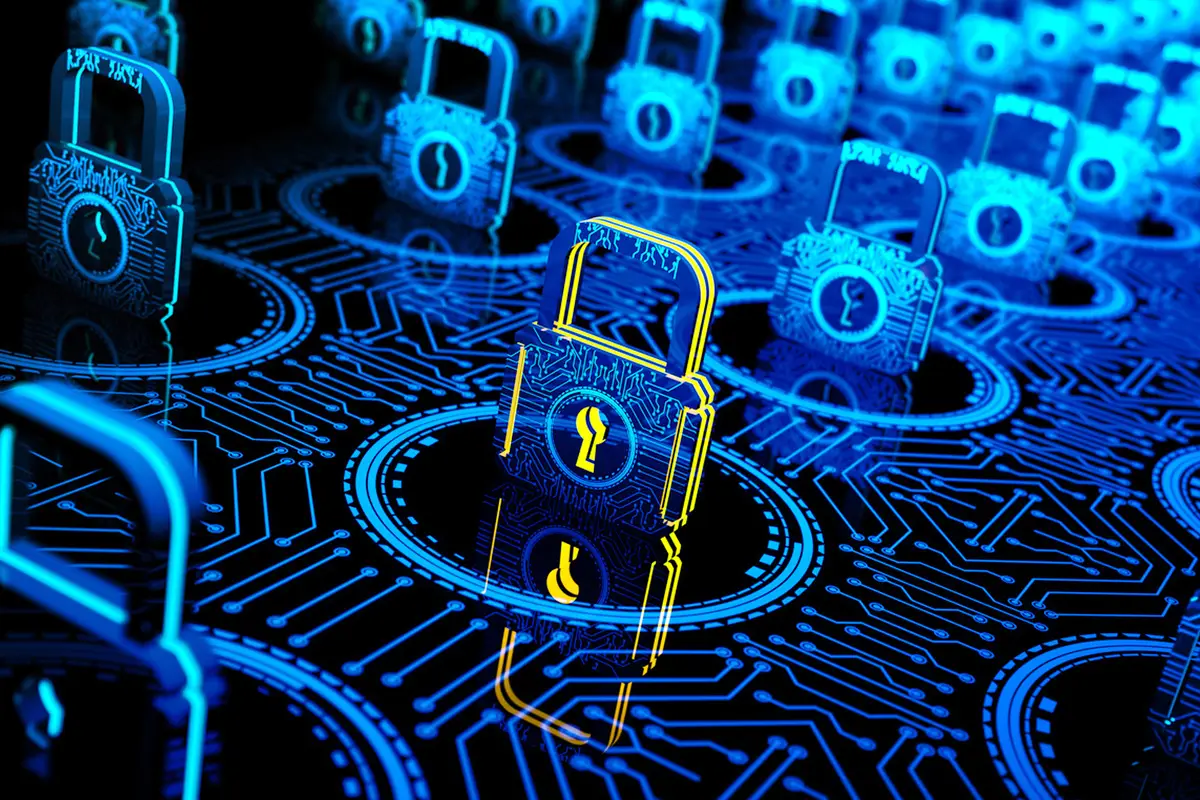In today’s hyperconnected world, cyber threats are no longer occasional disruptions—they’re persistent dangers that can jeopardize businesses of any size. The cost of a cyber breach is staggering, from stolen data to halted operations. A robust cyber defense is essential for any modern business aiming to protect its assets, reputation, and customers. Here’s how to build one that works.
Identifying Key Cyber Threats
The first step to building a strong cyber defense is understanding the threats you face. Cyberattacks take many forms and are increasingly complex.
Some common threats include phishing emails that trick employees into sharing sensitive information, ransomware attacks that lock down your systems for a hefty fee, and Distributed Denial of Service (DDoS) attacks that overwhelm your network. More recently, sophisticated attackers are leveraging AI tools to craft more effective scams or exploit supply chain weaknesses.
Staying informed about these dangers is critical. Regular threat intelligence updates can help you anticipate risks and respond proactively rather than reactively.
Core Elements of a Strong Cyber Defense
A strong cyber defense starts with a solid foundation. Establishing a comprehensive cybersecurity policy tailored to your organization is essential. This policy should outline acceptable use, data handling protocols, and response procedures in case of an attack.
Equally important is fostering a culture of cybersecurity within your organization. Employees should understand their role in protecting the company’s data. Regular training sessions, phishing simulations, and awareness campaigns can keep cybersecurity in mind.
Leadership must also set an example. When executives take cybersecurity seriously, it reinforces its importance across the company.
Leveraging Advanced Tools and Technologies
Technology plays a significant role in modern cyber defense. Advanced tools, like those powered by artificial intelligence, can help detect unusual patterns in network traffic or flag potential threats before they escalate.
Multi-factor authentication (MFA) is a simple yet effective way to prevent unauthorized access. It requires more than just a password and adds an extra layer of security.
Automated monitoring tools can also streamline threat detection. These systems continuously scan for vulnerabilities or suspicious activity, ensuring nothing slips through the cracks.
Continuous Penetration Testing: Proactively Identifying Vulnerabilities
Penetration testing is a cornerstone of proactive cybersecurity. It involves simulating cyberattacks on your systems to identify and address vulnerabilities before malicious actors exploit them.
Unlike periodic assessments, continuous penetration testing offers ongoing protection. This approach ensures that as new vulnerabilities emerge—whether from software updates or changes to your infrastructure—they are promptly identified and resolved.
For example, a business might discover that a recent cloud migration inadvertently exposed sensitive data. By conducting regular tests, they can address this issue quickly and prevent a potential breach.
To implement this practice effectively, consider working with cybersecurity experts or leveraging automated tools designed for continuous testing.
Strengthening Network and Data Security
A secure network is the backbone of a strong cyber defense. Start by deploying firewalls to block unauthorized access and setting up virtual private networks (VPNs) to protect remote connections. Adopting a zero-trust architecture—where no one inside or outside the network is automatically trusted—adds another layer of protection.
Data security is equally important. Encrypt sensitive information in transit and at rest to ensure the data remains unreadable even if attackers gain access. Regularly update software and apply patches to close any security gaps.
Implementing Role-Based Access Control (RBAC)
Access management is a critical yet often overlooked aspect of cybersecurity. Role-based access Control (RBAC) ensures that employees only have access to the data and systems necessary for their specific roles. This minimizes the risk of unauthorized access and reduces the damage a single compromised account can cause.
By implementing RBAC, businesses can maintain tighter control over sensitive information. Regular audits of access permissions are also essential to ensure that employees no longer in specific roles don’t retain unnecessary access privileges. When combined with strong password policies and MFA, RBAC adds another robust layer of protection.
Securing Third-Party and Supply Chain Relationships
In an interconnected business world, your cybersecurity is only as strong as the weakest link in your supply chain. Third-party vendors and partners often have access to your systems or data, creating potential vulnerabilities.
Start by assessing your vendors’ cybersecurity practices. Ensure they follow robust security protocols and comply with industry standards. Establish contracts that mandate adherence to these practices, and consider limiting the scope of access third parties have to your systems.
Continuous monitoring of these relationships is crucial. Automated tools can help identify risky behavior or new vulnerabilities introduced by third-party systems, allowing you to address them promptly.
Building Resilience Through Incident Response Plans
No matter how robust your defenses are, incidents can still occur. That’s why an incident response plan is non-negotiable.
This plan should detail the steps to take when a breach happens, from identifying the scope of the attack to communicating with stakeholders. Regularly conducting drills can ensure your team is prepared to act quickly and effectively when the time comes.
After an incident, perform a thorough review. Understanding what went wrong can help you strengthen your defenses and prevent similar issues.
Partnering with Cybersecurity Experts
Sometimes, external expertise is invaluable. Cybersecurity professionals can provide fresh perspectives and specialized skills that might be lacking in-house.
For example, third-party experts can conduct in-depth penetration tests or monitor your systems for threats 24/7. Partnering with reputable cybersecurity vendors ensures you stay one step ahead of attackers without overburdening your internal team.
Monitoring and Adapting to Stay Ahead
Cybersecurity isn’t a “set it and forget it” effort. Threats evolve, and so must your defenses. Continuously monitor your systems to ensure your measures remain effective.
Adaptability is key. As new regulations or technologies emerge, update your strategies to maintain compliance and leverage the latest tools. Metrics such as the number of threats blocked or the time taken to resolve incidents can help you assess your cybersecurity’s effectiveness and identify areas for improvement.
Conclusion: Staying Vigilant in an Ever-Changing Landscape
Cyberdefense is not a one-time project—it’s an ongoing commitment. By understanding key threats, leveraging advanced tools, and implementing best practices like continuous penetration testing, businesses can create a robust shield against attacks.
In a world where the stakes are higher than ever, vigilance and preparation are the keys to safeguarding your business’s future. Start strengthening your cyber defense today because tomorrow’s challenges are already on the horizon.
To read more content like this, explore The Brand Hopper
Subscribe to our newsletter
Go to the full page to view and submit the form.


